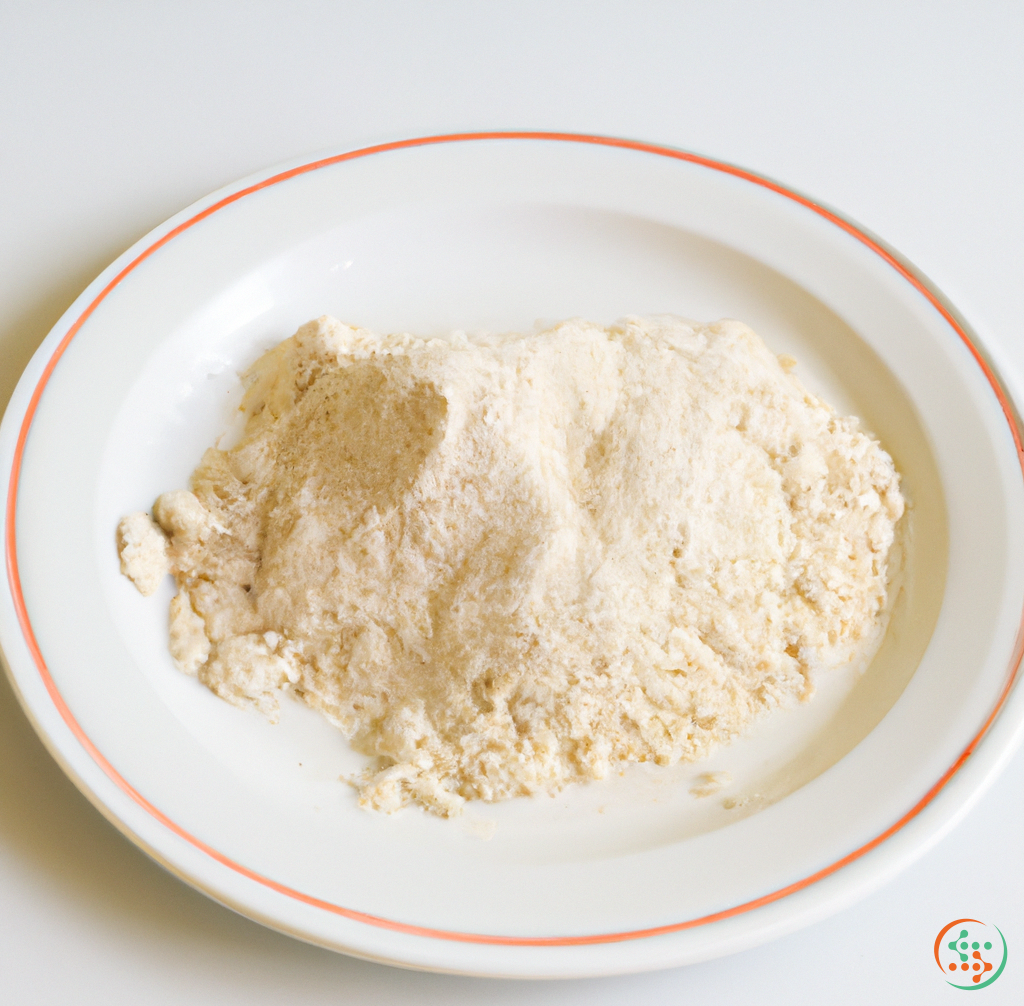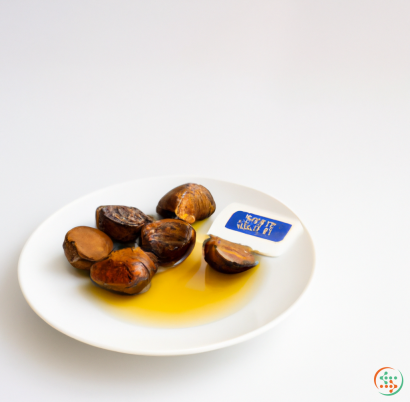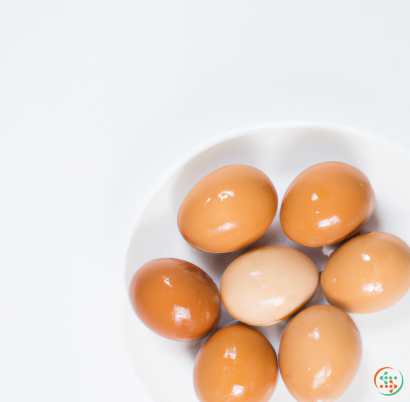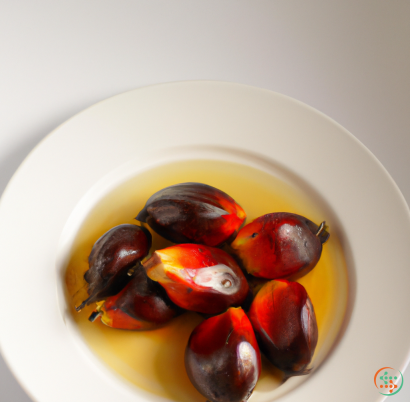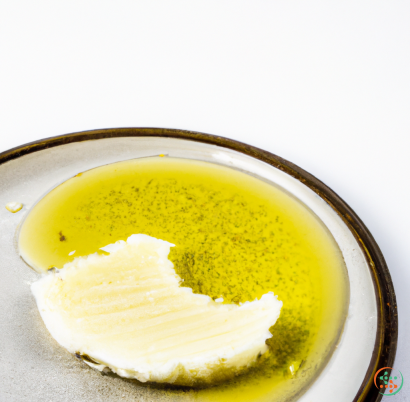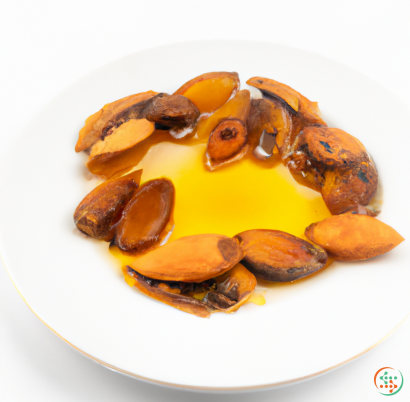Arrowroot Flour
, what it is used for, the health benefits of using it, the disadvantages of using it, and how to use it
Arrowroot flour is a natural product obtained from the tropical Maranta arundinacea plant. It is easily digestible and has a mild, sweet flavour with no aftertaste. It is a versatile ingredient that can be used to thicken sauces and gravies, to make breads, pastries, and other baked goods, and even as a starch in gluten-free recipes. Some health experts swear by its impressive nutritional benefits, claiming it is packed with minerals and vitamins and is beneficial for digestive and skin health. In this blog post, we’ll talk about how to use arrowroot flour, the advantages of using it, the disadvantages of using it, and how to make the most of its nutritional benefit.
What is Arrowroot Flour and What is it Used For?
Arrowroot flour is obtained from the rhizomes or underground stems of the tropical Maranta Arundinacea plant. It is a white, powdery fine starch that is easily digestible, gluten-free and has a mildly sweet flavour with no aftertaste. It can be used as a thickener for sauces, gravies and puddings, as a substitute for flour in many recipes (such as breads and pastries), or as a starch in gluten-free recipes.
The Advantages of Using Arrowroot Flour
The main plus point of using arrowroot flour is its easily digestible nature and mild flavour. This makes it an excellent ingredient for people with digestive issues, such as those following gluten free diets. Arrowroot doesn’t contain gluten, making it ideal for folks who need to cut out Gluten from their diets.
The health benefits of Arrowroot flour extend beyond just its digestion. It contains a range of minerals and vitamins, such as magnesium, selenium and copper, as well as protein and fiber. This combination of nutrients is known to support digestive health and improve the appearance of skin and hair. The fiber content also aids in digestion and can help to reduce cholesterol and improve gut health.
The Disadvantages of Using Arrowroot Flour
The main disadvantage of using arrowroot flour is that it does not contain gluten and therefore can be difficult to use in baking. It also has a tendency to clump if not mixed correctly, which can result in an undesirably grainy texture. It also needs to be whisked together well to ensure that there aren’t any lumps when using for baking.
Arrowroot flour also does not have the same nutritional content as other flours, such as wheat flour and oats, which are higher in fibre and protein. Additionally, because it is high in starch it can raise blood sugar levels, making it unsuitable for those with diabetes.
How to Use Arrowroot Flour
Arrowroot flour can be used as an alternative to wheat flour and as a thickener for sauces, gravies and puddings. When using to thicken sauces, mix a tablespoon or two with a couple of tablespoons of cold water, stir until it forms a smooth paste and simply add to your sauce or gravy and stir until it thickens.
When using for baking, substitute up to half of the wheat flour with arrowroot. Start with one third and add more if needed until you get the right texture and consistency. When making gluten free recipes, such as cakes and biscuits, mix the arrowroot with other gluten free flours such as rice flour, tapioca flour and corn flour.
Conclusion
Arrowroot flour is an easily digestible ingredient with no aftertaste and mild flavour. It contains beneficial vitamins and minerals, supports digestive health and can be used as an alternative to wheat flour in baking. It can, however, be difficult to use in baking as it doesn’t contain gluten and has a tendency to clump together. It also doesn’t have the same nutritional content as other flours, so it’s important to use it in combination with other flours.
Arrowroot flour, or arrowroot starch, is a fine white powder obtained from arrowroot plants, a species of the Maranta genus. Arrowroot is a common ingredient in many dishes, appearing on kitchen shelves as a versatile substitute for cornstarch, wheat flour, and other starches. It can be used to thicken sauces and gravies, make gluten-free pastries and desserts, or used as a thickening agent in recipes. Arrowroot flour has many added health benefits, like being high in dietary fibers and containing essential nutrients like potassium, calcium, and iron. Surprisingly, the arrowroot flour sold in supermarkets often comes from half a world away. The journey of arrowroot flour usually starts in the Caribbean and takes a complex path to Europe and the United States.
To begin the journey of arrowroot flour, China, Thailand, and the Caribbean are some of the top producers. Arrowroots are mainly grown in the Caribbean on large plantations, and the majority of them, about 97%, are produced in St. Vincent.arrowroots plants, the flowers of which resemble the shape of an arrowhead and hence the name. Arrowroots are native to Central America and the West Indies, but were first found in the West Indies and brought to St. Vincent by the British in the 1800s. Arrowroot is a unique crop and was once considered one of the most profitable crops in the region because it requires very little land, labor, and water.
The process of production begins with a harvester, using a mechanical digger to uproot multitudes of arrowroot roots at once. This is done by digging trenches between rows of arrowroot plants and then using excavators to lift them off the ground. The arrowroot roots are then collected and brought to the nearby factories where they are cleaned, sliced, and washed to remove any soil or impurities. After that, the sliced arrowroots are moved to a steaming chamber, in which steam will be used to cook the roots for about 20 minutes in order for the starch to be extracted.
Once the starch has been extracted, it then goes through a filtration process which separates the arrowroot starch from the rest of the milky fluid. The starch is then spread on a drying bed, either in trays or on large platforms. Direct sunlight is then used to evaporate the remaining liquid from the starch, ensuring that it is dry enough for packaging. After that, the arrowroot flour is placed in special bags for storage and shipment.
The arrowroot flour is then exported from St. Vincent via ship or air freight. This journey involves several legs. From St. Vincent, the arrowroot flour is shipped either to a port in the United States or to major agricultural hubs in Europe. Once there, the arrowroot flour is then Trucked or Shipped again to its final destination, a supermarket or store. This journey can sometimes take up to 3-4 weeks, depending on the speed of the shipment and weather conditions.
Once the arrowroot flour has arrived at its destination, it is then packaged in smaller individual sized resealable bags and is ready for sale. It can then be purchased to be used in many recipes and cooking applications.
Arrowroot flour is not only used in cooking, however. The unique properties of arrowroot flour also make it a popular candidate for cosmetic products. Known for its healing properties, arrowroot flour is used in some skincare recipes as it can fight skin rashes, acne, and other inflammations. It can be blended with other ingredients to compound lotions and creams too.
Arrowroot flour is not only versatile, but it’s also a healthy alternative to other starches. It has a low glycemic index, which makes it suitable for diabetics or those who want to keep their blood sugar levels low. The high dietary fiber content in arrowroot flour can also help keep you regular and maintain a healthy digestive system. In addition, arrowroot flour contains many essential vitamins, minerals, and beneficial antioxidants that can help nourish your body and maintain optimal health.
When it comes down to it, arrowroot flour is a key ingredient for many dishes, skincare recipes, and natural health remedies. With its versatility, health benefits, and taste, arrowroot flour is a convenient and nutritious food additive, from a kitchen shelf to a dinner plate.
| Vitamin B5 | 0.13 mg | |
| Vitamin B6 | 0.01 mg | |
| Vitamin B9 | 0.007 mg |
| Calcium | 0.04 grams |
Daily Value 1.3 g
|
| Iron | 0.33 mg |
Daily Value 0.018 g
|
| Magnesium | 0.003 grams |
Daily Value 0.4 g
|
| Phosphorus | 0.005 grams |
Daily Value 1.25 g
|
| Potassium | 0.011 grams |
Daily Value 4.7 g
|
| Sodium | 0.002 grams |
Daily Value 2.3 g
|
| Zinc | 0.07 mg |
Daily Value 0.011 g
|
| Copper | 0.04 mg |
Daily Value 0.9 mg
|
| Manganese | 0.47 mg |
Daily Value 0.0023 g
|
| Tryptophan | 0.004 grams | |
| Threonine | 0.012 grams | |
| Isoleucine | 0.01 grams | |
| Leucine | 0.019 grams | |
| Lysine | 0.013 grams | |
| Methionine | 0.006 grams | |
| Cystine | 0.006 grams | |
| Phenylalanine | 0.012 grams | |
| Tyrosine | 0.009 grams | |
| Valine | 0.014 grams | |
| Arginine | 0.012 grams | |
| Histidine | 0.004 grams | |
| Alanine | 0.014 grams | |
| Aspartic Acid | 0.047 grams | |
| Glutamic Acid | 0.05 grams | |
| Glycine | 0.014 grams | |
| Proline | 0.009 grams | |
| Serine | 0.013 grams |
| Total Sugars | 0.131141 grams |
per 100g
|
| Palmitic acid (16:0) | 0.02 grams |
|
| Total Saturated fatty acids: | 0.02 g | |
| Linolenic acid (18:3) | 0.01 grams |
|
| Linoleic acid (18:2) | 0.04 grams |
|
| Total Polyunsaturated fatty acids: | 0.05 g | |
